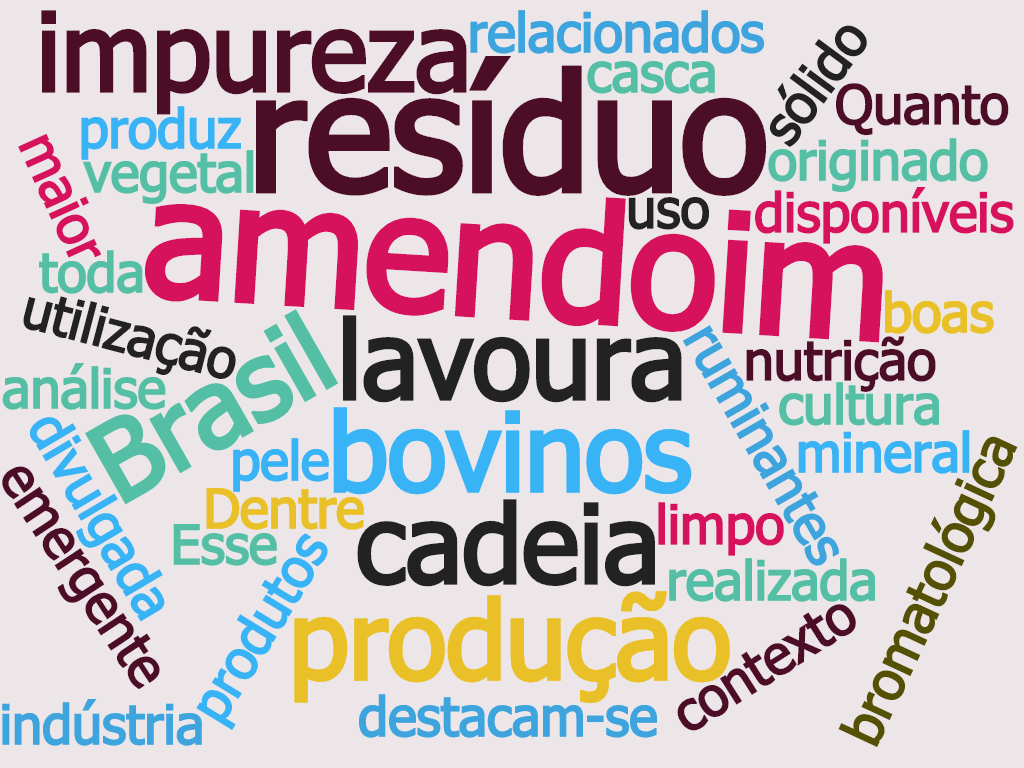Análisis de la composición química para evaluar el uso de residuos minerales y vegetales impuros de maní en alimentación de ganado
DOI:
https://doi.org/10.17648/sas.v1i2.54Palabras clave:
Efecto invernadero, Impacto, SustentabilidadResumen
Cuantos más cacahuetes produzca Brasil, mayor será la cantidad de impurezas de desechos sólidos en el cultivo. Este residuo se origina en los campos y, en el contexto de toda la cadena de producción, pasa por varias etapas de separación del maní, desde el campo hasta la industria de procesamiento. Se perfila la necesidad de que la industria y los productores de maní presenten estrategias más sostenibles en la cadena productiva, con la adopción de buenas prácticas para el aporte de un planeta más limpio. Entre los productos disponibles para su uso en la nutrición de rumiantes, destacamos los relacionados con el cultivo de maní. Presentar un inicio de discusión sobre la posibilidad de utilizar el residuo de impurezas minerales y vegetales del maní en la alimentación del ganado es el objetivo de este estudio, así como presentar el resultado del primer análisis bromatológico para la alimentación del ganado de la cáscara, piel y residuo del cultivo. maní, elaborado y difundido en Brasil.
Descargas

Descargas
Publicado
Cómo citar
Número
Sección
Licencia
Autores concordam com os seguintes termos:
a) Os autores mantêm os direitos autorais e concedem à revista o direito de primeira publicação, com o trabalho simultaneamente licenciado sob a LicençaAttribution-NonCommercial-ShareAlike 4.0 International, que permite o compartilhamento do trabalho com reconhecimento da autoria e publicação inicial na Revista SAS. A licença permite o uso, a distribuição e a reprodução irrestrita, em qualquer meio, desde que devidamente citada a fonte. Essa licença permite também que outros remixem, adaptem e criem a partir do seu trabalho para fins não comerciais, desde que atribuam a você o devido crédito e que licenciem as novas criações sob termos idênticos.
b) Não cabe aos autores compensação financeira a qualquer título, por artigos ou resenhas publicados na South American Sciences.
c) Os conceitos expressos nos artigos publicados na South American Sciences são de inteira responsabilidade de seus autores.








